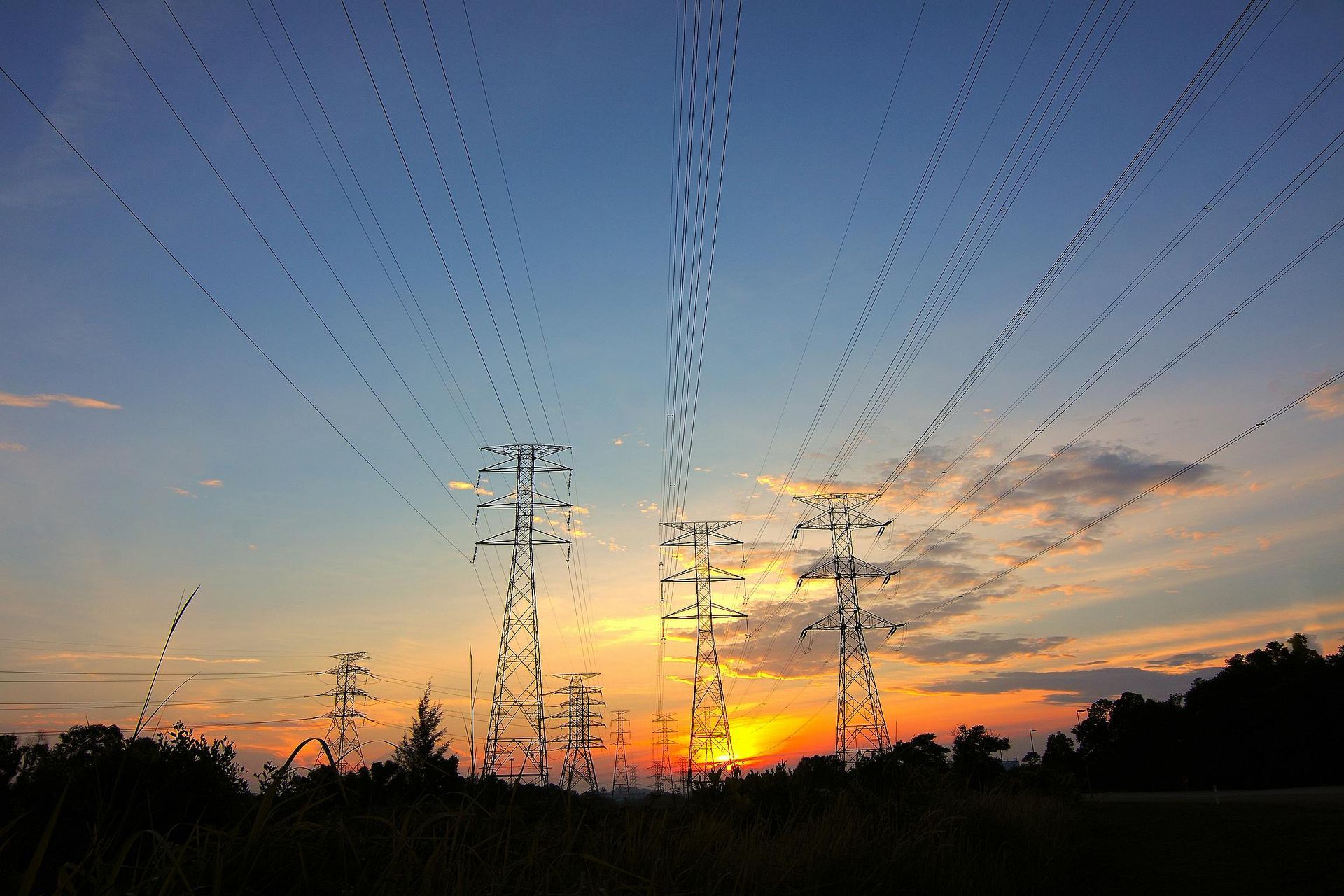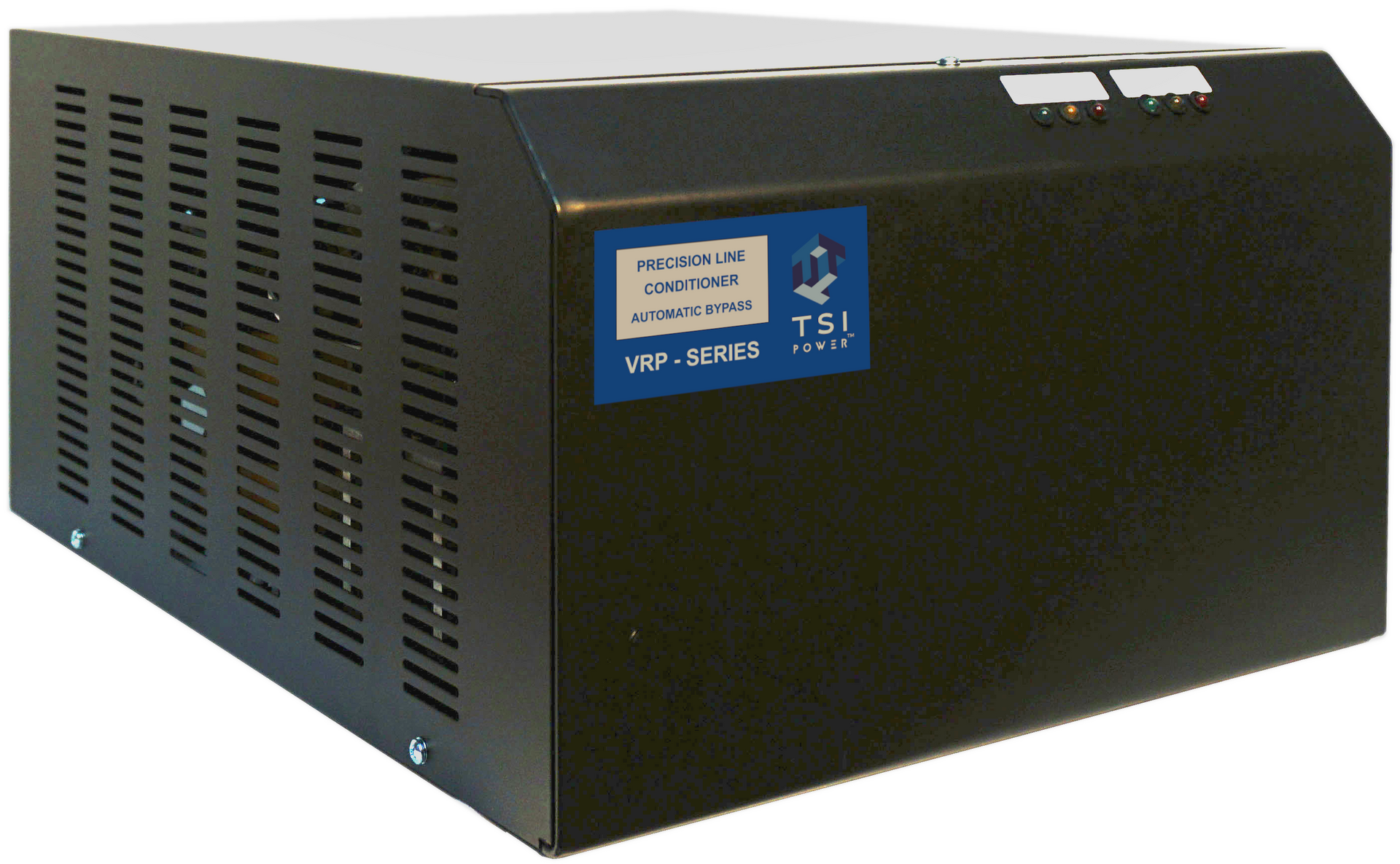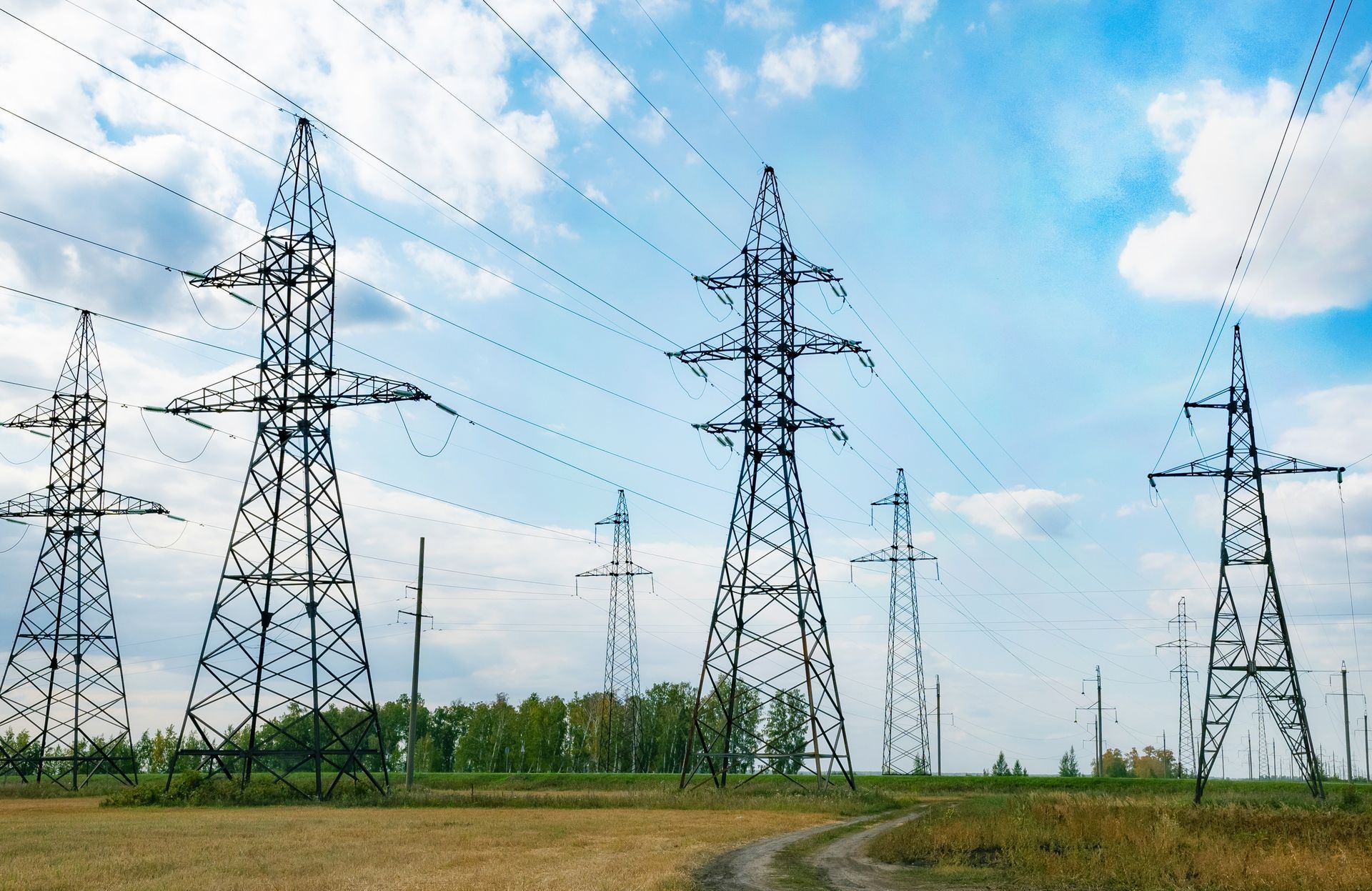Large Facility Power Protection: High-Performance Voltage Products by ABB
13 June 2025
Share this article:
Why Large Facilities Need High-Performance Voltage Products
Power quality is the foundation that large-scale industrial operations rely on for precision, safety, and uptime. Large facilities such as factories, data centers, healthcare institutions, and oil and gas operations depend on uninterrupted, stable power to maintain systems like automation lines, robotics, HVAC infrastructure, and sensitive IT networks. Yet, voltage sags, surges, and outages remain persistent threats, leading to abrupt shutdowns, equipment degradation, and costly production delays.
The financial impact is significant. According to industry reports, unplanned downtime in manufacturing can cost up to $300,000 per hour, highlighting the urgency for effective power protection strategies. Sensitive systems are particularly vulnerable, with unstable voltage accelerating wear on control boards, motors, and precision machinery.
For industries where performance margins are razor-thin, proactive voltage correction means stabilizing power in real time to protect investments, preserve output, and fortify operations against the increasingly unstable grid.
UPS Systems vs. Voltage Regulators: Complementary Solutions
When it comes to protecting critical infrastructure, relying on a single layer of defense is a risk most large facilities can’t afford. UPS systems and voltage regulators (such as ABB’s Active Voltage Conditioners [AVC] and Automatic Voltage Regulators [AVR]) serve distinct yet complementary roles in a robust power protection strategy.
UPS systems are designed to provide backup power during outages. By instantly bridging the gap between utility failure and generator startup or system shutdown, a UPS prevents abrupt interruptions that could otherwise damage sensitive IT equipment, automation systems, and medical devices. However, UPS systems are primarily reactive, meaning they kick in once a total outage occurs.
In contrast, voltage regulators operate continuously, correcting sags, surges, and voltage swells in real time. These fluctuations may not cause an immediate shutdown, but they steadily degrade sensitive equipment, leading to costly failures over time. Active voltage correction ensures stable, clean power delivery at all times, preserving the lifespan of mission-critical systems.
Importantly, this is not an either-or decision. Layering UPS and voltage regulation together provides comprehensive protection. For example, the UPS safeguards against complete outages, while the voltage regulator maintains day-to-day voltage stability. For facilities serious about uptime and asset protection, both are indispensable parts of a complete power quality solution.
Benefits of the ABB PCS UPS-1
For large facilities, the ABB PCS UPS-1 offers an advanced line of defense against the disruptive effects of outages, surges, and voltage sags. Engineered for high-reliability environments, this UPS system sustains continuous operation during power disturbances, shielding sensitive systems from abrupt shutdowns that can cost both time and capital.
One of the standout features of the PCS UPS-1 is its high energy efficiency. Leveraging cutting-edge inverter technology, it minimizes power losses and reduces operational costs. This is a significant advantage for facilities managing heavy electrical loads and looking to optimize long-term energy spending.
Scalability is another key benefit. The modular design of the PCS UPS-1 allows facilities to expand their power protection as operational demands grow, avoiding costly overhauls or system replacements. This makes it ideal for industries where capacity needs are dynamic, such as data centers, advanced manufacturing, and healthcare systems.
Additionally, the PCS UPS-1 offers advanced monitoring capabilities and a compact footprint. Intelligent diagnostics, remote monitoring, and real-time performance data enable proactive maintenance and efficient space utilization are all factors in environments where floor space is at a premium and reliability is non-negotiable.
Benefits of the ABB 100 ESS AVC
While UPS systems provide backup during outages, the ABB 100 ESS Active Voltage Conditioner (AVC) works constantly to ensure your facility’s power remains stable and within tight tolerances. Designed specifically for industrial and high-demand environments, the 100 ESS AVC protects sensitive systems by correcting voltage sags, surges, and swells in real time, before they can cause measurable damage.
With its precise voltage regulation capabilities, the ABB 100 ESS AVC safeguards equipment like CNC machinery, robotics, and advanced automation systems against gradual degradation. By maintaining a stable voltage profile, it extends the lifespan of motors, drives, and control boards, reducing maintenance costs and minimizing unexpected downtime.
Built for rugged use, the 100 ESS AVC is engineered to thrive in challenging industrial conditions. Its robust design promotes reliable performance even in environments with high temperature fluctuations, dust, and vibration. All of which are common challenges in manufacturing, mining, and energy sectors.
As far as integration goes, it’s seamless. The 100 ESS AVC fits into existing power infrastructures without major overhauls, offering facilities a scalable, plug-and-protect solution. Whether protecting a data center’s server racks or a production line’s PLC controls, the 100 ESS AVC delivers consistent voltage regulation, keeping processes online and efficient.
How to Choose the Right Power Quality System
Selecting the right power quality system starts with a thorough assessment of your facility’s vulnerabilities. Are you experiencing frequent outages, or is unstable voltage the more pressing issue? Each facility faces unique challenges. For example, data centers may battle voltage fluctuations that threaten server integrity, while manufacturing plants might encounter voltage sags that interrupt precision production lines. Identifying the specific risks is critical to tailoring the right solution.
Equally important is sizing your system correctly. Every facility has distinct equipment load requirements, from robotics and PLCs to HVAC and imaging systems. Undersized systems can fail under peak demand, while oversized systems waste capital and energy. Precise load calculations ensure that your power protection is both efficient and effective.
Future-proofing is also essential. As facilities expand or add new technologies, power demands increase. Choosing systems like the ABB PCS UPS-1 and 100 ESS AVC with scalable, modular designs allows you to grow without costly infrastructure changes, ensuring your investment remains viable for years to come.
This is where Voltage Correction’s expertise is invaluable. Our team conducts comprehensive power studies, site metering, and needs analysis to provide data-driven recommendations. By evaluating your existing electrical environment and forecasting future needs, we help design a layered protection strategy that minimizes risk, enhances uptime, and keeps a resilient operational framework.
Industries that Benefit from ABB Power Quality Systems
ABB’s high-performance voltage products, supported by Voltage Correction’s full-service expertise, deliver protection across a range of industries where uptime and equipment integrity are non-negotiable.
Manufacturing Facilities
Manufacturers rely heavily on automation, robotics, and precision machinery, which are all highly sensitive to voltage instability. Voltage sags or surges can halt production lines, damage variable frequency drives (VFDs), and degrade programmable logic controllers (PLCs). ABB’s PCS UPS-1 and 100 ESS AVC systems safeguard stable, uninterrupted power to keep manufacturing operations running smoothly, minimizing downtime and protecting high-value assets.
Data Centers
In data centers, even milliseconds of power disturbance can result in data corruption, equipment damage, or costly service outages. ABB’s solutions provide both real-time voltage regulation and reliable backup power, ensuring server uptime and safeguarding IT infrastructure. Layered protection preserves business continuity and customer trust in an increasingly digital economy.
Healthcare Facilities
Hospitals and healthcare labs demand absolute reliability for imaging systems, diagnostic equipment, and life-support technologies. Voltage instability can compromise sensitive medical devices, risking patient safety and operational efficacy. ABB’s voltage correction solutions maintain the clean, consistent power these facilities require, ensuring compliance with strict regulatory standards and protecting patient outcomes.
Oil & Gas Operations
The complexity and scale of oil and gas exploration and refining facilities require robust power protection. Harsh environments, remote locations, and heavy machinery make them vulnerable to voltage fluctuations. ABB’s rugged AVC systems are built for industrial-grade resilience, preventing costly interruptions in production and maintaining operational safety.
Mining Facilities
Mines operate in some of the world’s most challenging environments, where equipment must withstand severe electrical stresses. Voltage sags can damage motors, conveyors, and extraction equipment, leading to dangerous downtime. ABB’s high-performance systems deliver the voltage stability mining operations need to protect production assets and maximize output in demanding conditions.
Partner with Voltage Correction for ABB Voltage Solutions
Selecting the right voltage protection products is only the beginning…successful implementation requires deep technical expertise and a full-service approach. That’s where Voltage Correction excels. As a trusted partner, we don’t just supply ABB’s high-performance voltage solutions; we provide end-to-end support to ensure they’re integrated seamlessly and perform reliably in your environment.
Our services begin with consultation and site evaluation, where we conduct detailed power studies and metering to diagnose existing vulnerabilities. From there, we design tailored power quality solutions based on your facility’s load requirements, operational needs, and future growth plans.
Unlike distributors that focus solely on product sales, Voltage Correction offers turnkey installation services, ensuring that every UPS system and voltage regulator is correctly configured and optimized for your specific application. Post-installation, we provide ongoing support and maintenance, helping extend equipment life and maintain optimal performance over the long term.
Request a Quote for Your ABB Voltage Product
Power reliability isn’t something to leave to chance. Whether you’re looking to protect advanced manufacturing lines, safeguard sensitive healthcare equipment, or ensure seamless data center operations, Voltage Correction is here to help you build a power protection strategy you can trust.
Our team is ready to guide you through every step, from initial consultation and site evaluation to system design, installation, and long-term support. With ABB’s high-performance voltage products and our expertise, you’ll have the layered protection your facility needs to minimize downtime and protect your infrastructure.
Get in touch today to schedule a consultation with our power quality specialists. Let’s discuss your facility’s unique challenges and design a tailored solution that ensures stable, reliable power for years to come.
Connect with Us:













